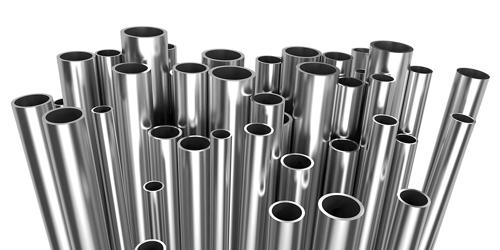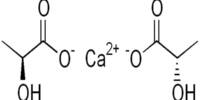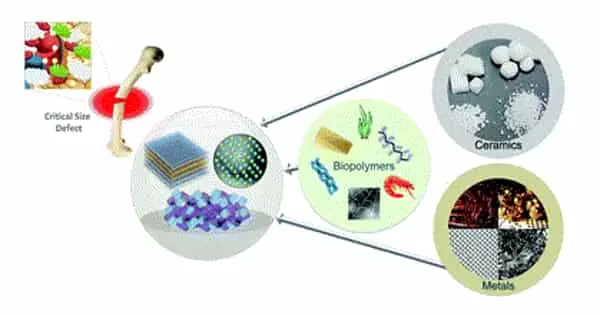Stainless steel is an alloy of Iron with a minimum of 10.5% Chromium. It is a family of iron-based alloys that contain a minimum of approximately 11% chromium, a composition that prevents the iron from rusting, as well as providing heat-resistant properties. It also contains varying amounts of Carbon, Silicon, and Manganese. Different types of stainless steel include the elements carbon (from 0.03% to greater than 1.00%), nitrogen, aluminum, silicon, sulfur, titanium, nickel, copper, selenium, niobium, and molybdenum. Specific types of stainless steel are often designated by a three-digit number, e.g., 304 stainless.
Stainless steel contains a minimum of 10.5% of chromium that improves its corrosion resistance and strength. This resistance to attack is due to the naturally occurring chromium-rich oxide film formed on the surface of the steel. Stainless steel’s resistance to ferric oxide formation results from the presence of chromium in the alloy, which forms a passive film that protects the underlying material from corrosion attack, and can self-heal in the presence of oxygen. What makes stainless steel different is the addition of chromium (Cr) and other alloying elements such as nickel (Ni) to create a corrosion-resistant product. Corrosion resistance can be increased further, by:
- increasing the chromium content to levels above 11%;
- addition of 8% or higher amounts of nickel; and
- addition of molybdenum (which also improves resistance to “pitting corrosion”).
The addition of nitrogen also improves resistance to pitting corrosion and increases mechanical strength. Most stainless steels are first melted in electric-arc or basic oxygen furnaces and subsequently refined in another steelmaking vessel, mainly to lower the carbon content. Thus, there are numerous grades of stainless steel with varying chromium and molybdenum contents to suit the environment the alloy must endure. The majority are classified into five major groups in the family of stainless steels: austenitic, ferritic, martensitic, duplex, and precipitation-hardening.
Types
There are over 150 grades of stainless steel, of which fifteen are most common.
- 200 Series—austenitic iron-chromium-nickel-manganese alloys
- 300 Series—austenitic iron-chromium-nickel alloys
- Type 301—highly ductile, for formed products.
- Type 303—free machining version of 304 via the addition of sulfur
- Type 304—the most common; the classic 18/8 stainless steel
- Type 316—Alloy addition of molybdenum to prevent specific forms of corrosion
- 400 Series—ferritic and martensitic alloys.
Uses
At present, a wide number of industries utilize stainless steel. Aside from traditional and marine constructions, household appliances are also experiencing a rise in usage. Moreover, stainless steel can be rolled into sheets, plates, bars, wire, and tubing. Stainless steel is an exceedingly versatile material. These can be used in cookware, cutlery, surgical instruments, major appliances, construction material in large buildings, industrial equipment, and storage tanks and tankers for chemicals and food products. It is preferred where the properties of steel and corrosion resistance are required in tandem.
















